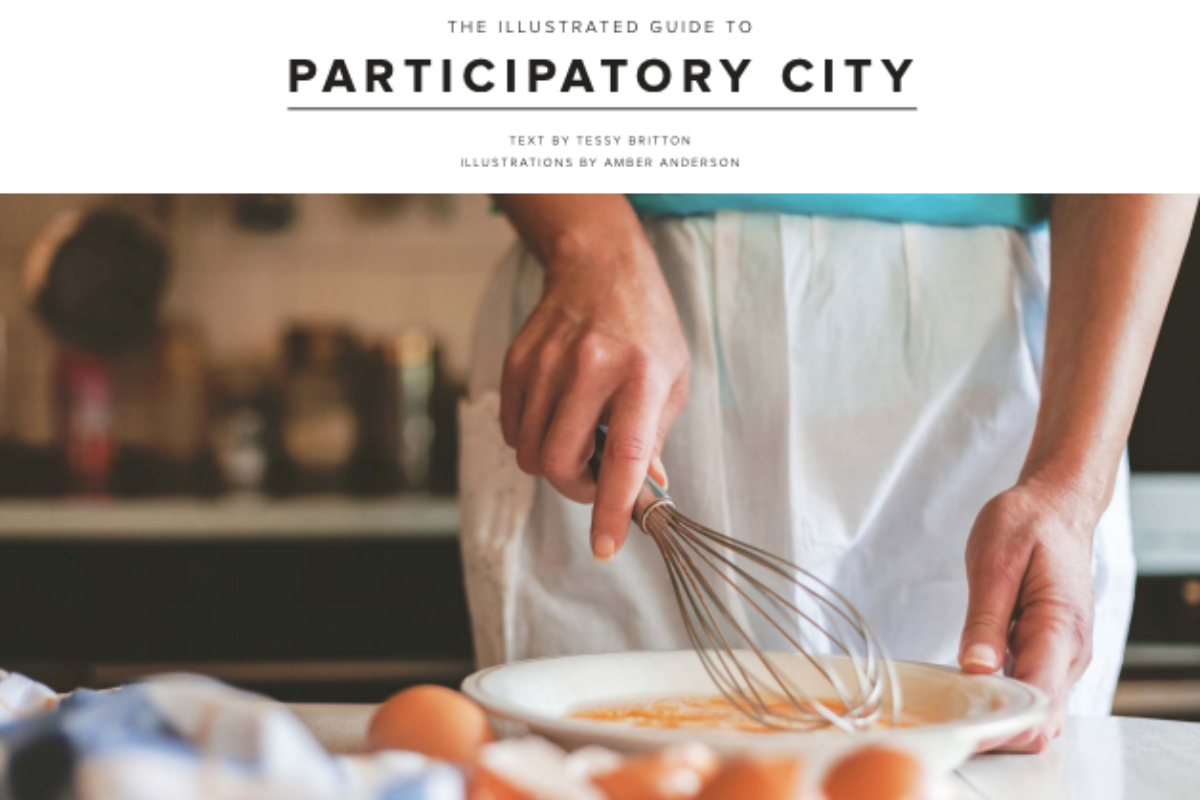
'The Illustrated Guide to Participatory City', Britton and Anderson
This guide introduces the Participatory City model, designed to create vibrant, inclusive neighbourhoods through active resident engagement in practical projects. It offers principles, methods, and insights for addressing social challenges and building community resilience, serving as a valuable resource for policymakers, community leaders, and organisations.
View resourceSummary
This guide outlines the principles, methods, and impact of the Participatory City model, which aims to transform neighbourhoods into vibrant, inclusive spaces through a culture of participation. By engaging local residents in practical, everyday projects, the model seeks to address interconnected social challenges while fostering community resilience.
This is a practical resource for policymakers, community leaders, and organisations seeking to implement participatory approaches in their localities.

We’d love to hear from you!
Reach out to one of our team members, and share input and ideas about how we can evolve Understorey.
Get in touch